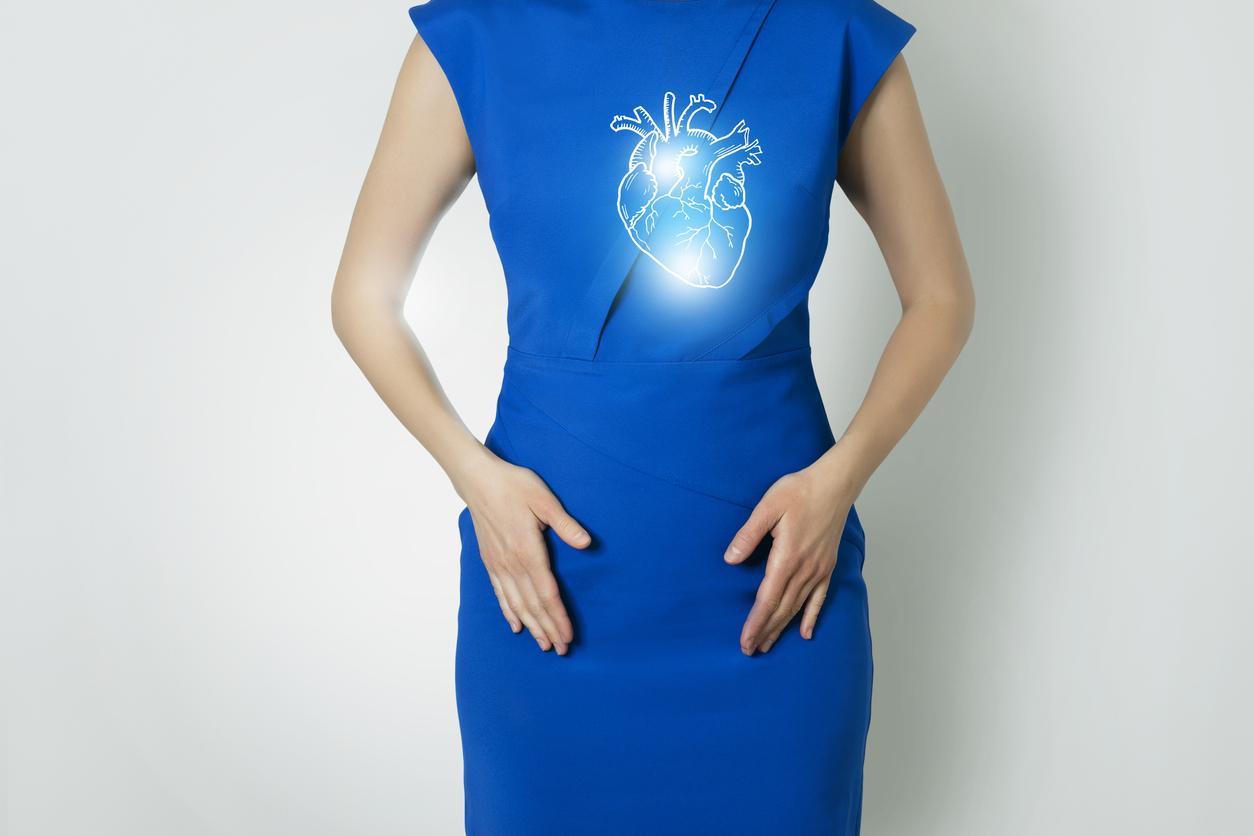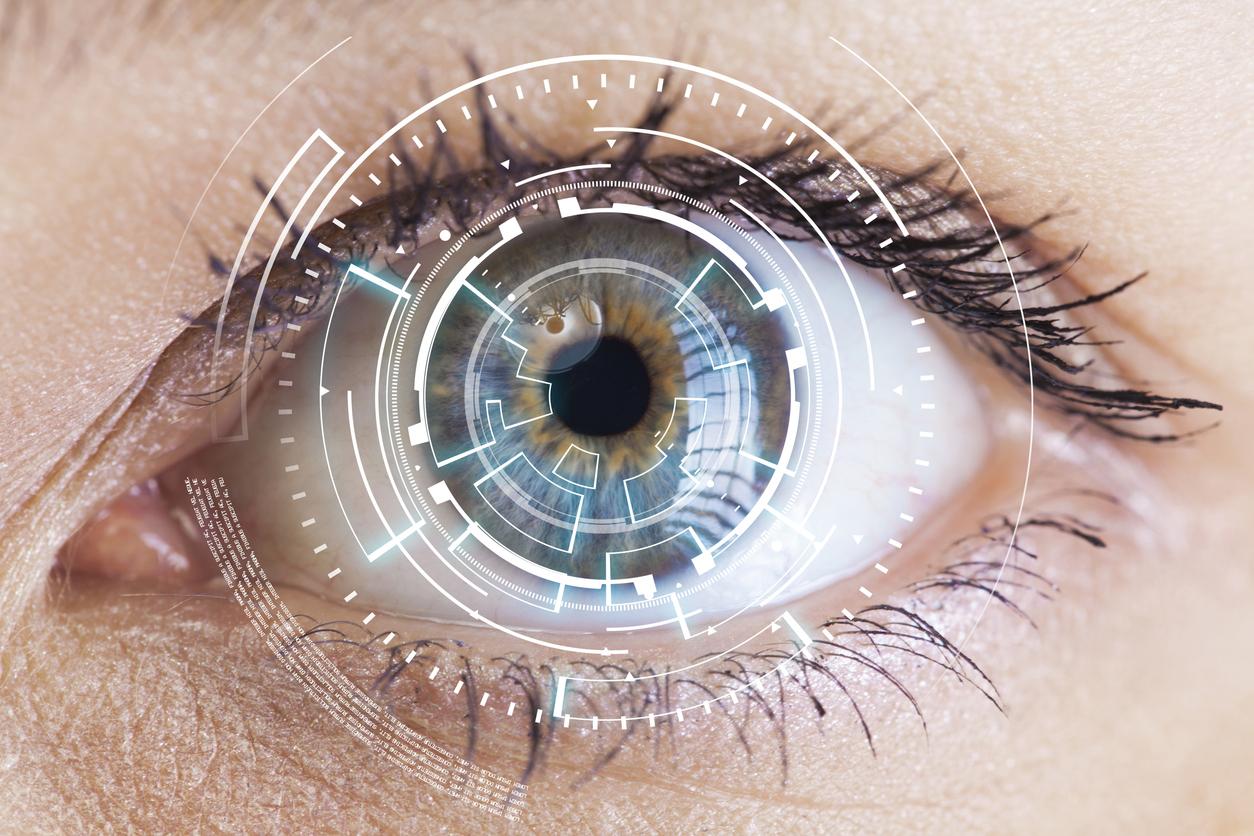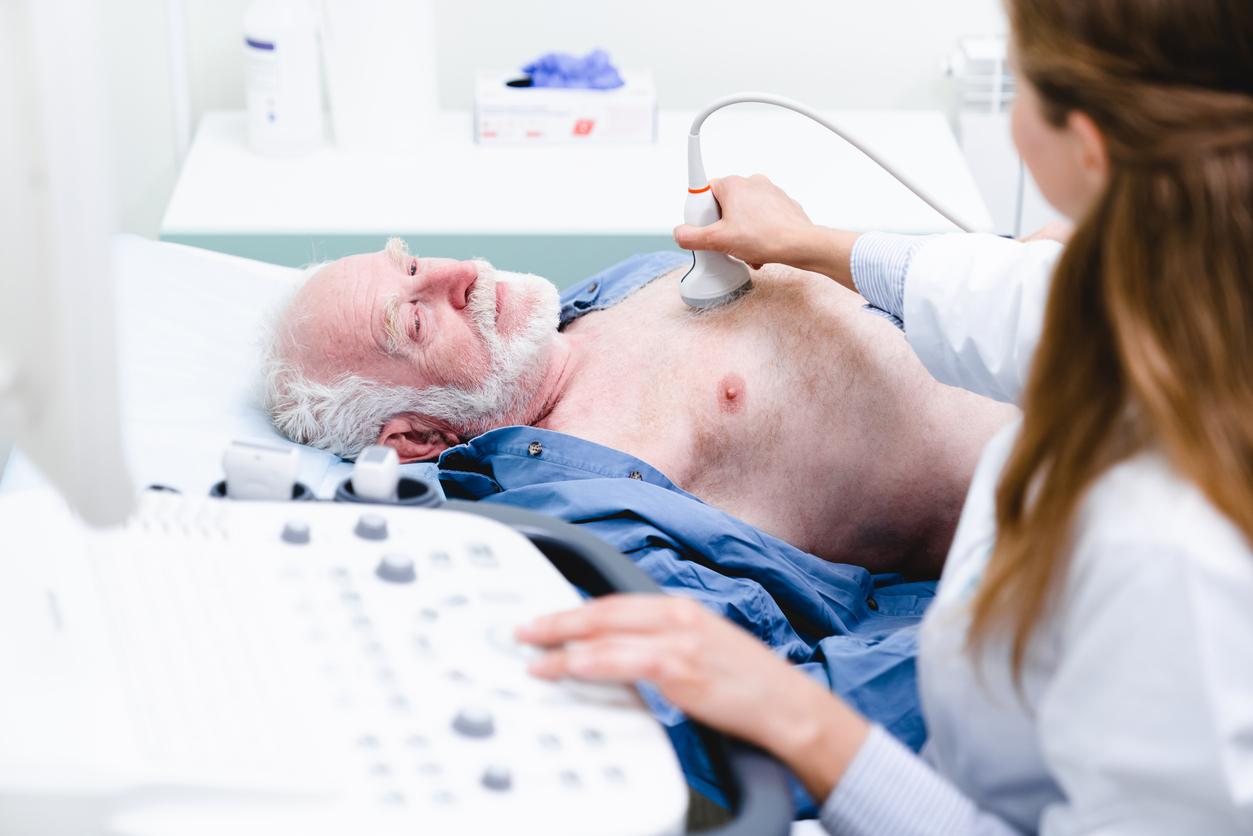For Atrial Fibrillation Awareness Day on December 12, we interviewed a patient and his doctor at La Pitié-Salpêtrière (Paris).

On the occasion of the atrial fibrillation awareness day which takes place on December 12, Why Doctor collected La Pitié-Salpêtrière (Paris) from a patient and his doctor.
“I am a classical musician in a symphony orchestra and for thirty years now I have had problems with cardiac arrhythmia. 20 years ago I went to see a cardiologist who prescribed me a treatment, Flecaine.
It’s a palliative, so I got used to it and after a while we couldn’t increase the dose anymore since I had reached the maximum. Being so dependent on this drug was stressing me out a lot.
But I had the opportunity to meet a cardiologist from La Pitié, who in 2006 offered me another treatment, an ablation of the internal extra systole. I had to start over a year later because there were recurrences. For ten years, it was very effective. However, over the past two years, there have been recurrences again.
“They offered me a hybrid operation”
And about a year ago, around October 2018, I started to feel a permanent arrhythmia which turned out to be atrial fibrillation. I resumed an appointment with my cardiologist who, last March, noticed that I hads an established fibrillation, too important not to react. So the doctors immediately offered me a hybrid operation.
I was very tired and felt very oppressed. And I felt a very irregular heartbeat without knowing if it was normal or not. It’s quite difficult to figure it out. It had become usual for me to have this irregular rhythm, with a lot of shortness of breath, fatigue. As soon as I made a sporting effort, I thought that I would not go to the end and it was quite distressing.
After the operation, my everyday life changed: I went back to more physical activity. And in my work, I have much less anxiety. I stress a lot less about not being able to finish what I have to do, or finish a musical phrase without a hitch.”
Guillaume Duthoit, rhythmologist at La Salpêtrière explains how he treated this man
“This patient is 59 years old. In the 2000s he was bothered by atrial extra systoles which evolved in bursts towards atrial fibrillation, which is now called paroxysmal on a healthy heart. In 2006, the first ablation targeted the initiating pulmonary veins, so not necessarily all the pulmonary veins. The right pulmonary veins were silent so they were not treated.
Subsequently, he presented a recurrence fairly quickly, which in 2008 led to a more extensive ablation of all the right and left pulmonary veins. This allowed him to have a lull for almost ten years. Then, he was seen again by his cardiologist and his rhythmologist treating at the beginning of the year, presenting symptoms which regularly bothered him in his work, in his daily life, and in his efforts. We discovered atrial fibrillation. It was installed this time, it is a persistent form, therefore a little more difficult to treat. To do this, it often requires electric shocks or sometimes multiple re-interventions.
Given that the left auricle was a little dilated and that the discomfort was present, we wanted to propose a technique with the best chances of success, perhaps more aggressive. We wanted to try to do a one-shot procedure with a hybrid technique. It’s done in the cardiac surgery block, and not in the catheterization room this time. First, the surgeon performs a thoracoscopy with a video system and telescopic remote-controlled tools that allow the use of more powerful radiofrequency tools on the surface of the heart. This is called epicardium.
“It should continue”
This will allow us, rhythmologists, to complete from the inside the lesions which would be incomplete. A kind of belt is made in front of the pulmonary veins to isolate the whole of the posterior atrial massif from the rest of the atrium. This made it possible to have, after the surgery, a very large roughing-out of the work. The latter was completed by closure of the left little finger by the epicardial route, therefore by the surface. This leaves no prosthesis, no metallic material, in the left atrium.
When we saw the patient again six months later, his rhythm was clearly sinus and we were able to stop the anticoagulant treatment. The patient had low thromboembolic risk. We are very confident. And after the operation, we completed it internally, with the classic catheter ablation, which allowed us to isolate his pulmonary veins and organize the atrial fibrillation. This is called a flutter. He was then arrested by cauterization in the right atrium.
At the end there was no more triggering tachycardia so we were quite satisfied. Then a pleural drain was removed. There were no complications there. And so we were able to gradually stop the anticoagulant treatment and, recently, the antiarrhythmics. We now have seven months of hindsight and we think it should continue.”

.
















